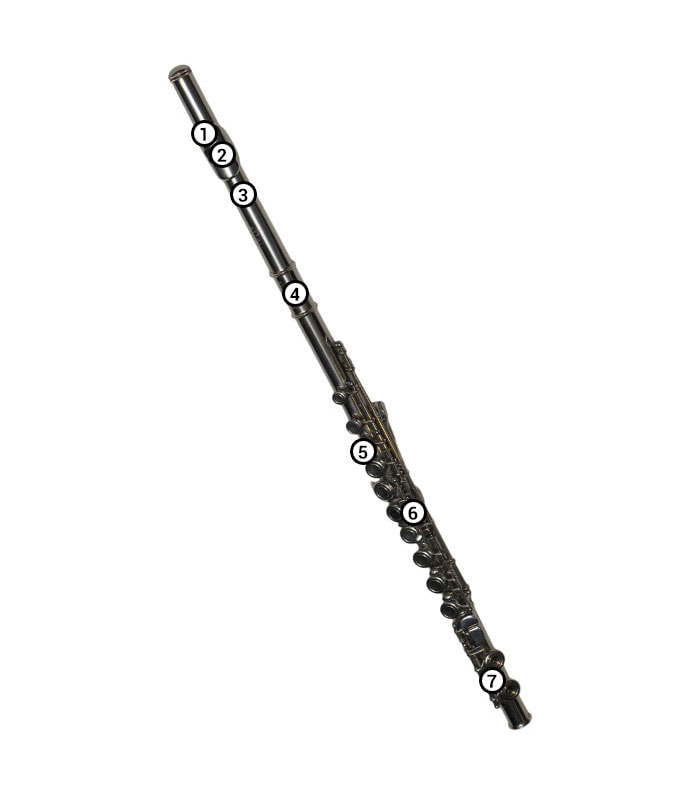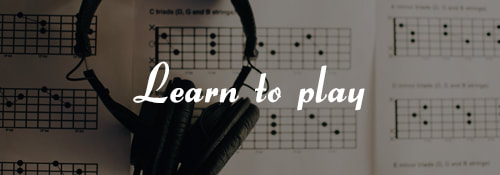The Flute |
Listen to the sound of the Flute
|
|
The flute is one of the oldest instruments within the woodwind family. It differs from most other wind instruments because it requires no reed; You play it by air travelling (blown) across a tone hole of the mouthpiece.
The modern flute has a range of just over three octaves. There are also larger, lower-pitched flutes (alto) and a smaller, higher-pitched model (piccolo). |
Though generally silver-plated, flutes are made from either nickel silver or sterling silver, with different combinations of the two giving a different sound.
The flute is split into three sections called joints; the head joint, the body joint and the foot joint. These pieces are connected by thinner metal tubes called tenons. |






